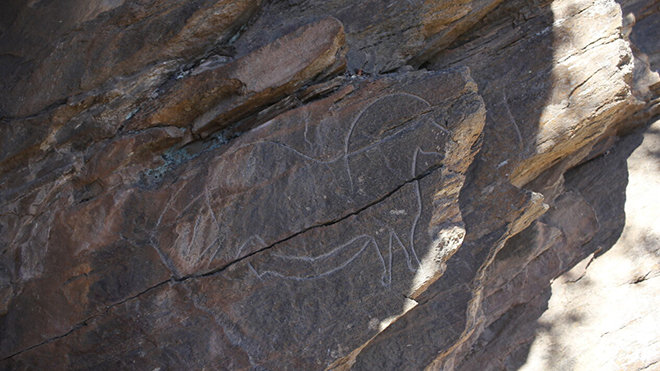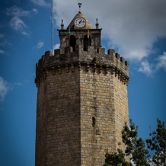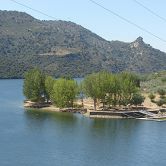Freixo de Espada à Cinta

Towns and Villages
Several possible explanations lie behind this town’s curious name, which translates to Ash Tree with a Sword around its Middle, in English. Some say that it originated from the name of a Gothic nobleman, "Espadacinta". Others say it comes from a nobleman from Léon, in Spain’s, coat of arms, which featured an ash tree and a sword. Still others reference the legend that King Dinis of Portugal tied his sword to an ash tree when he founded the town in the 14th century, before leaning against the tree to rest. The large tree has been in the town's main square for over 500 years and deserves a close look.
Highlights in the town’s historic centre include the Heptagonal Tower (also known as Torre do Galo or Rooster Tower), the only surviving remnants of the old medieval castle, the building of which was ordered by King Ferdinand in 1376; the Main Church, dedicated to Saint Michael, erected by order of King Manuel I in the 16th century; and the Church of Mercy (16th-18th century). A better understanding of the traditions and people of this region can also be gained with a visit to the Silk and Territory Museum, where visitors are reminded that this is the only region in the entire Iberian Peninsula in which silk is produced 100% by hand, the House of the Poet Guerra Junqueiro and the Casa Junqueiro Regional Museum (in his father's house).

Igreja Matriz e Torre Heptagonal © TC
Located in the Douro Demarcated Region, this area gains a special beauty in spring with the blooming of the almond trees. The best views over these landscapes, which include the Douro International Nature Park and extend beyond the Spanish border, can be enjoyed from viewpoints such as the one at the top of Penedo Durão, a huge rock located at an altitude of 550 meters, the one at Assumadoiro over Cais of Barca d'Alva and Carrascalinho in a narrower and more rugged area of the river from which you’ll be able to spot several bird species.

Miradouro do Penedo Durão © TC
Lovers of exercise have several walking routes from which to choose, where, in addition to the landscape, they’ll be able to admire various archaeological finds such as the Mazouco Rock Engravings (the Mazouco horse was the first open-air Paleolithic rock art site to be discovered in Portugal in 1981) as well as the Necropolis and São Paulo Hillfort. For some relaxation, there's nothing quite like a boat trip with views of the Douro’s steep slopes or an afternoon at the Congida River Beach.
Cavalo do Mazouco © TC
Visitors are hard-pressed to resist the tempting cuisine In these lands of good wines and olive oils, which includes various soups such as asparagus, chickpea, pumpkin, river fish, and cabbage and onion broths. Among this region’s meat dishes, the most notable are mirandesa beef steak, roast kid, dishes made using game and traditional feijoada stews. It's also worth trying the olive oil bread and sweet treats made with almonds, which are found growing abundantly in the area.






 Explore
Explore 
 Remember and Share
Remember and Share 


